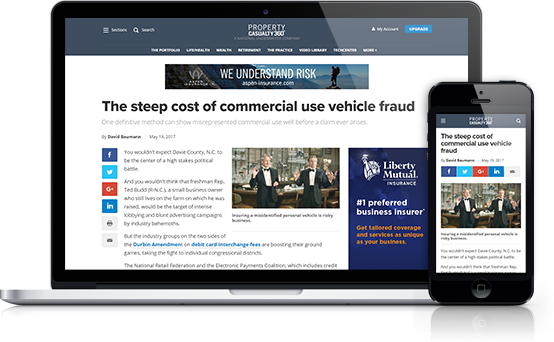The aftermath of Hurricane Katrina presents valuable lessons for terrorism preparedness and insurance issues. The need for improved post-loss preparedness is fairly obvious, but insurance coverage lessons are less clear.
Consider this scenario: It's 10 a.m., Monday morning. A large American city is starting its work week. On the outskirts of the city, a large truck bomb explodes next to a field of chemical tanks. Five minutes later, on the opposite side of the city, a second truck bomb explodes next to a chlorine gas tank. Two huge toxic plumes are released, enveloping the city.
Panic erupts. A million office workers flood into narrow streets. Hundreds are crushed. Within three days, the toxic releases have killed tens of thousands and permanently injured many more.
Recommended For You
Want to continue reading?
Become a Free PropertyCasualty360 Digital Reader
Your access to unlimited PropertyCasualty360 content isn’t changing.
Once you are an ALM digital member, you’ll receive:
- Breaking insurance news and analysis, on-site and via our newsletters and custom alerts
- Weekly Insurance Speak podcast featuring exclusive interviews with industry leaders
- Educational webcasts, white papers, and ebooks from industry thought leaders
- Critical converage of the employee benefits and financial advisory markets on our other ALM sites, BenefitsPRO and ThinkAdvisor
Already have an account? Sign In Now
© Touchpoint Markets, All Rights Reserved. Request academic re-use from www.copyright.com. All other uses, submit a request to [email protected]. For more inforrmation visit Asset & Logo Licensing.







